- NEW DVD Series – Stone Setting with Bezels
- Tube Set Charm by Kim St. Jean
- Prong Basket Pendant by Kim St. Jean
- NEW DVD Series – Stone Setting with Cold Connections
- New DVD Series – Stone Setting with Wire
- NEW DVD Series: Introduction to Stone Setting by Kim St. Jean
- Featured Tool: Bracelet Bending Plier
- NEW Dvd by Eva Sherman
- Fun, Fast Fold Forming DVD Series
- Double Band Ear Cuff from Alex Simkin
Soldering on Copper
by Judy Ellis, Wirejewelry.com
Wire Jewelry Tip for February 6th, 2017
Soldering on Copper
by Judy Larson
Today’s article is from our good friend, Judy Larson. If you have ever had any questions about how to solder on Copper, this article will hopefully help answer some of your questions.
Judy Says:
Soldering on copper presents unique challenges, especially for the beginner. There are so many things to remember and the only way to get better at it is with practice.
To make it a little easier to start, here are a few tips.
1. Make sure the pieces to be soldered together are VERY clean. Try not to touch those surfaces with your fingers.
2. Work with solder paste for copper or copper solder in wire form, both of which are self-fluxing. I prefer paste solder because of its ease of use.
3. Copper solder in wire form is not suitable for rings or joins that you will be hammering. It is brittle and will split at the seam.
4. Paste solder comes in soft, medium and hard, just like sheet solder. That just refers to the temperature at which the solder flows. When joining metals in different steps, you always start with the highest flow temp first (hard) and work your way down as you add more pieces to your project.
5. Work in a well ventilated area. There is a small amount of smoke when flux is burned away and you do not want to breathe it in.
6. Beginners have a tendency to use too much solder. In the following experiments, use as much paste solder as you THINK you need. It is almost better to go overboard so you can see what happens and understand the properties of the solder you are using.
Experiment with your Solder:
To see how your chosen solder works on different thicknesses of metal, I suggest cutting out 1″ squares of 18, 20, 22 and 24 gauge copper sheet. Place the same amount of paste solder in the center of each square.
Step 1: . Heat the metal surrounding the solder.
You can then answer these questions:
- How long does it take for the solder to flow?
- What happens if I continue to heat the square?
- What happens to the solder?
- How does the solder react to my torch?
- How far does the solder flow or spread?
Step 2. You can then cut more squares and a small circle to place in the center of each. Place the same amount of solder you used before in the center of each square.
Step 3. Place the circle on top. Heat the area of the square surrounding the circle. When the solder flows, the circle will “settle” onto the square and you will see a shiny flow line around the edge of the circle. You can then answer the same questions as above.
- Remember, the flame of your torch does not make the solder flow, the heat of the surrounding metal is what makes the solder melt/flow. So, heat the area surrounding the place you need to make a solder join. Do not just zero in on the section needing to be soldered.
- Solder follows or is pulled to the heat of the torch. That is why you keep the torch moving. It is also why solder is usually placed on the inside of a seam rather than the outside
- If the copper stops flowing, you have heated the piece too long.
- There is no solder that will fill gaps, so make sure that the pieces you are soldering together are flush to each other.
Tip: Start with smaller pieces to solder together. You can probably use your micro torch on them. The larger the piece and the thicker the metal, the larger the flame you need will be.
Using Two Torches:
If your project is too large (over 1 1/2″) or too thick and you are using a butane micro torch, the torch cannot heat the metal up enough all over to “melt” the solder to a flowing stage. Using two butane micro torches at the same time can help, one used on top of the project and one from underneath. A better option would be a large flame torch.
If you cannot get your piece hot enough to make the solder flow, you need a larger torch. A butane torch burns hottest after filling, so I fill mine before I start a project and sometimes during the project as well.
Finally:
Remove your torch immediately after you see the solder flow. If you don’t, some of the solder could “burn away,” resulting in no connection.
Copper bearing solder, when used correctly, really is not a copper color but a darkened silver color, which blends better with copper, especially after it is patinated. When heated too long after flowing, it turns more of a silver color. Also, if too much solder is used, it is more likely to flow away from the seam, creating grey solder flow areas around the seam.
It is best to remove excess solder, but this is not always possible. Sometimes the excess copper in reused pickle “coats” the solder when you pickle each piece, which can make the piece appear like the solder was never there, especially after using LOS to patina.
Your best bet when using copper bearing solder is to use way less than you think you need and immediately remove the heat when you see the solder flow.
Here’s an example of Copper Paste Solder:
I hope these tips on Soldering on Copper have been helpful! For more great tips from Judy Larson – CLICK HERE!
Happy Wrapping!
![]()
Click to Receive Daily Tips by Email






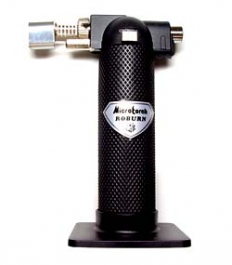
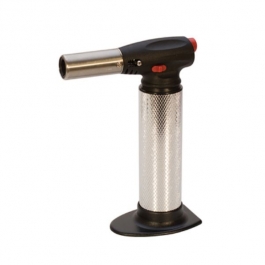
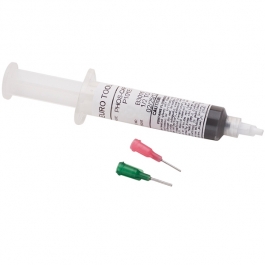
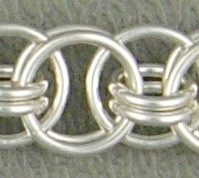
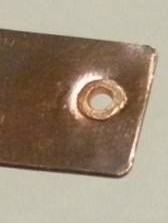
















Sharon Smith
February 20, 2017 at 7:51 am
My paste solder is too thick to squeeze through the applicator tips. Can I “reconstitute” ? If I try to smear on it doesn’t flow. Help!